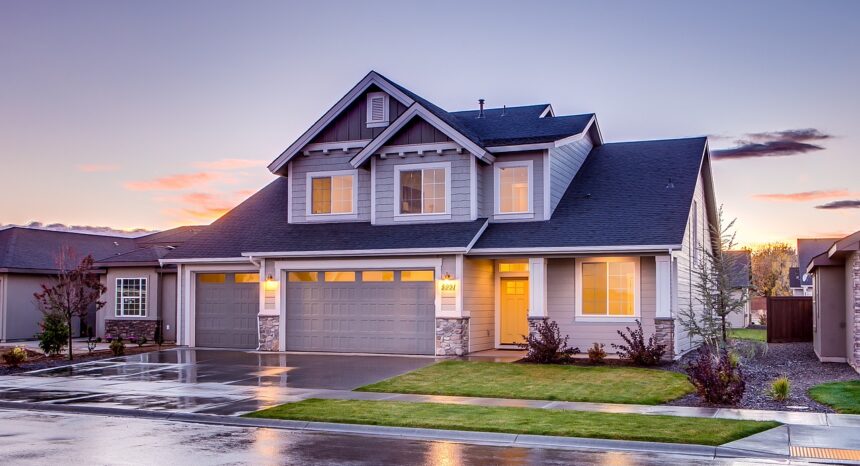The Issue: Who lives in America’s suburbs now? How are they changing? These are questions that, in recent years, might have seemed increasingly marginal, as so much media attention focused on the surprising revitalization of, and movement toward, cities. But the latest trends characterizing the U.S. suburbs are also fascinating, nuanced and in many ways as important as urban trends.
It should be said that there is no universally agreed-upon definition of “suburban,” and U.S. Census officials have noted that the broad categories they often use, such as “urban” and “rural,” don’t capture the variation in communities and built environments. Big cities in the South and West can often feel “suburban,” given their sprawling nature and lower density, despite being legally designated as part of a “city.” (There are also many differences between what the Census calls “metropolitan” and “micropolitan” areas.)
Despite a growing awareness of more Latinos in suburban neighborhoods, the public may still have settled preconceptions about the suburbs, derived from decades of post-World War II popular culture: Middle-class, stable, perhaps slightly dull — and homogenous, or very white. Yet the classic racial dimensions of the city-suburban split – black cities, white suburbs – no longer necessarily apply, except in a handful of cases such as Detroit, Milwaukee and Cleveland. The latest data and research show new, emerging realities across the country.
An academic study worth reading: “The New Sociology of Suburbs: A Research Agenda for Analysis of Emerging Trends,” published in Annual Review of Sociology, July 2016.
Study summary: Sociologist Karyn Lacy of the University of Michigan reviews and unpacks a number of studies and provides the outlines of new trends. The article identifies promising areas for further inquiry. It furnishes an overview of what Lacy calls “twenty-first century suburbia” and looks at some of the prevailing ideas in social science that may need modification because of new data.
Findings: There are three main trends that characterize the big changes in American suburbia. They are:
- The suburbanization of poverty: “From 1999 to 2005, four million additional people slipped below the poverty line, set at $15,753 annually for a three-person family. Poverty rose in cities and suburbs, but because the poor population expanded far more quickly in the suburbs than in the cities, by 2005 the population of suburban poor exceeded the population of urban poor by more than 1 million people (Berube & Kneebone 2006).” In this regard, the “spatial mismatch thesis,” which relates to how the poor frequently live far away from jobs, is worth revisiting; indeed, a longstanding idea in social science may need to be updated because of the suburbanization of poverty.
- Suburban immigrant destinations: “Historically, immigrants settled in gateway cities: New York, Chicago, Los Angeles, and Miami. Today, one-third of the immigrant population still lives in traditional immigrant gateways. However, growing numbers of new immigrants are dispersing to nontraditional gateways in the Southeast and Midwest, often settling not in the central city, but in suburbs (Frey 2015, Waters & Jimenez 2005).” These trends are challenging another important sociological idea called “spatial assimilation theory,” which relates to how new ethnic groups have traditionally become part of the American middle class.
- Return migration and black suburbanization: The mid-twentieth century “Great Migration” of African-Americans from the South to the urban North represents one of the largest internal migrations in history. That pattern in some ways is being reversed. “The return migration proceeded beneath the radar of scholars until the late 1990s and 2000s, when northeastern and midwestern cities such as New York, Philadelphia, Detroit, and Chicago — prime destinations during the Great Migration – endured extreme population loss as the reverse migration to the South intensified. From 2000 to 2010, the black population increased most in the suburbs of four southern cities – Atlanta, Washington, DC, Dallas, and Houston, popular destinations for America’s growing black middle class (Frey 2015).” As part of these trends, researchers are looking at dynamics relating to the “emergence of the middle-class black suburban enclave.”
Other resources for journalists writing about this issue:
The Brookings Institution has continued to do sustained analytical research in this area through its Metropolitan Policy Program. See, for example, several key reports and books: “Immigrants in 2010 Metropolitan Areas: A Decade of Change” (2011); Diversity Explosion: How New Racial Demographics Are Remaking America (2014); and “Poverty and the Suburbs: An Introduction” (2016).
Use the U.S. Census Bureau’s American Fact Finder to get data about your community.
Other research:
A 2016 study published in the American Sociological Review, “Toward a New Macro-Segregation? Decomposing Segregation within and between Metropolitan Cities and Suburbs,” analyzes Census data from more than 200 urban areas and finds that “racial residential segregation is increasingly shaped by the cities and suburban communities in which neighborhoods are embedded.”
A 2016 paper from the Penn Institute for Urban Research, “City and Suburbs – Has There Been a Regime Change?” provides more perspective on competing and cross-cutting trends between urban and suburban areas.
The 2013 paper “Integration or Fragmentation? Racial Diversity and the American Future,” published in the journal Demography, explores trends that constitute what is being termed by some experts the nation’s “Third Demographic Transition.”
Keywords: white flight, black middle class, suburbanization, reverse migration


Expert Commentary